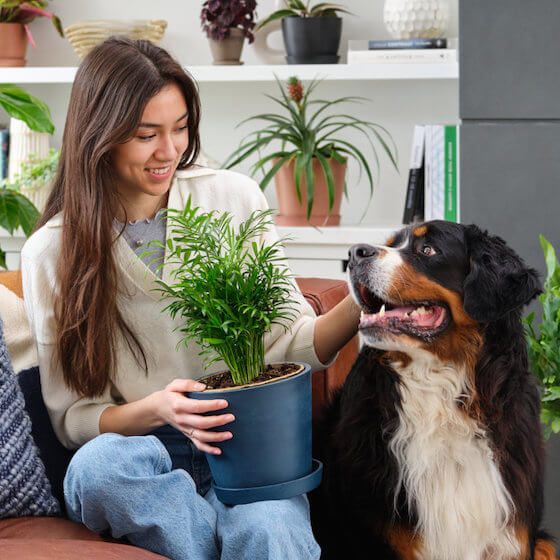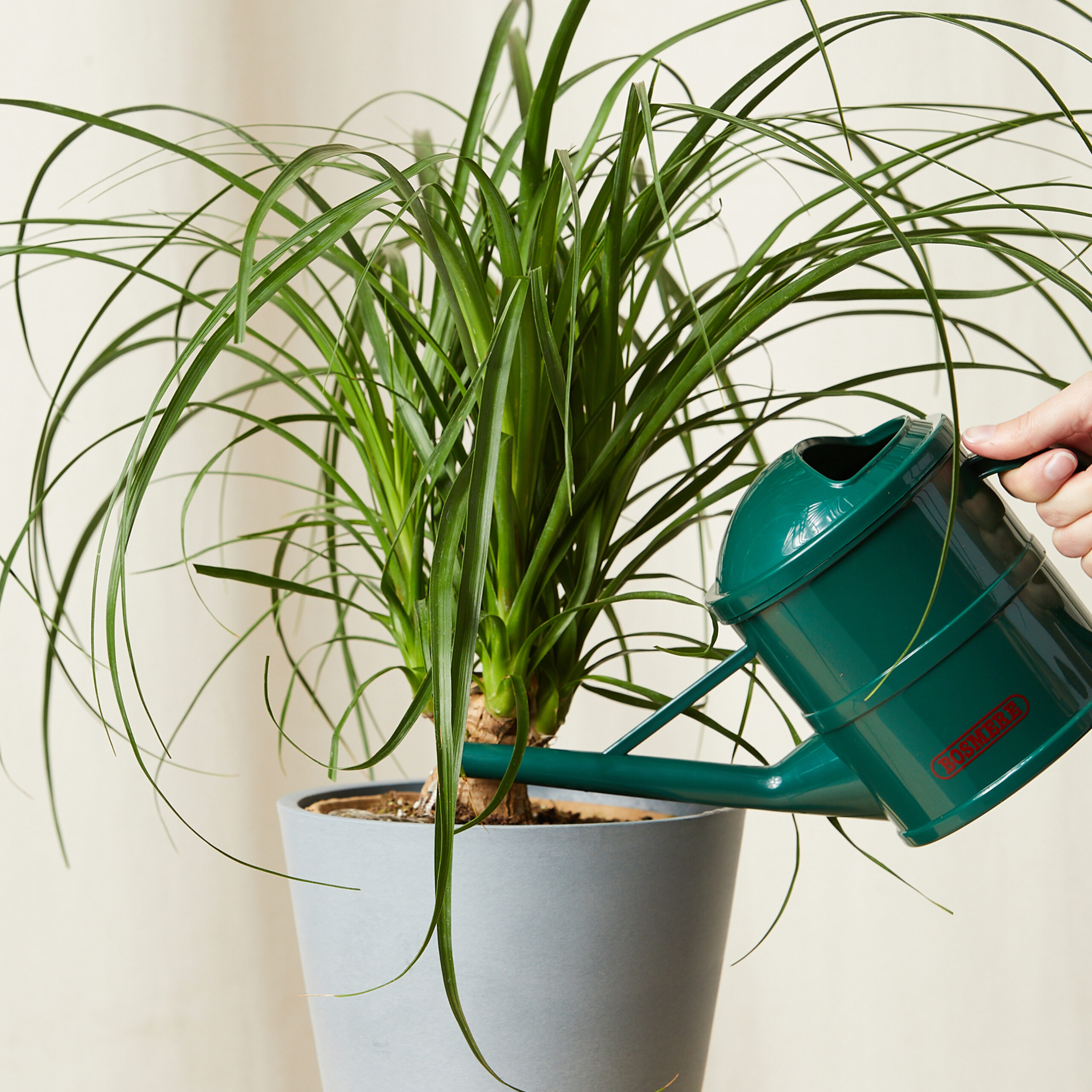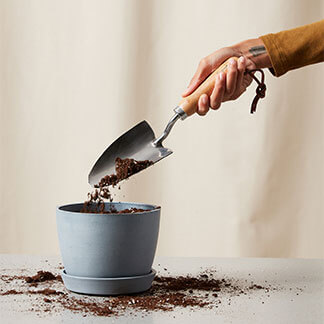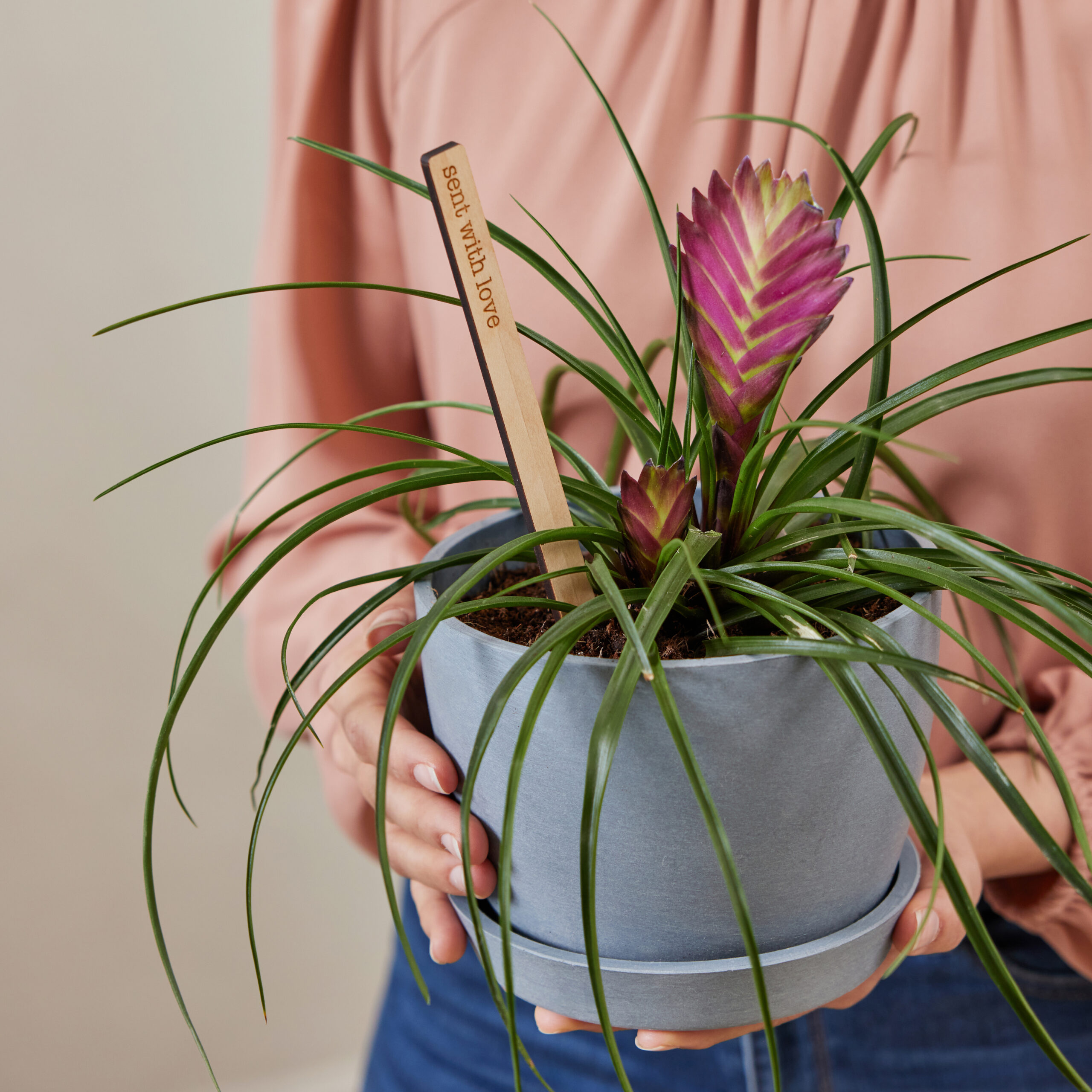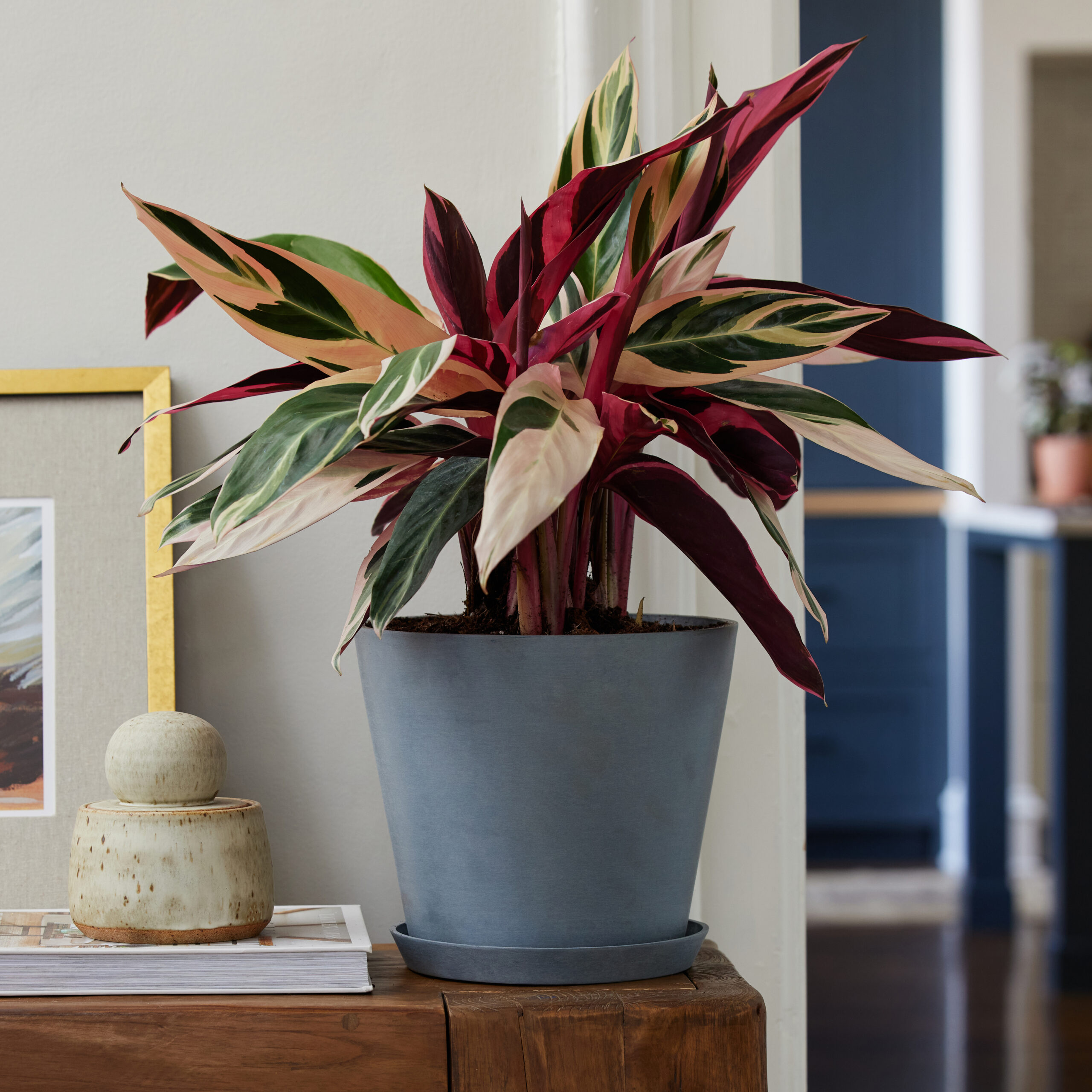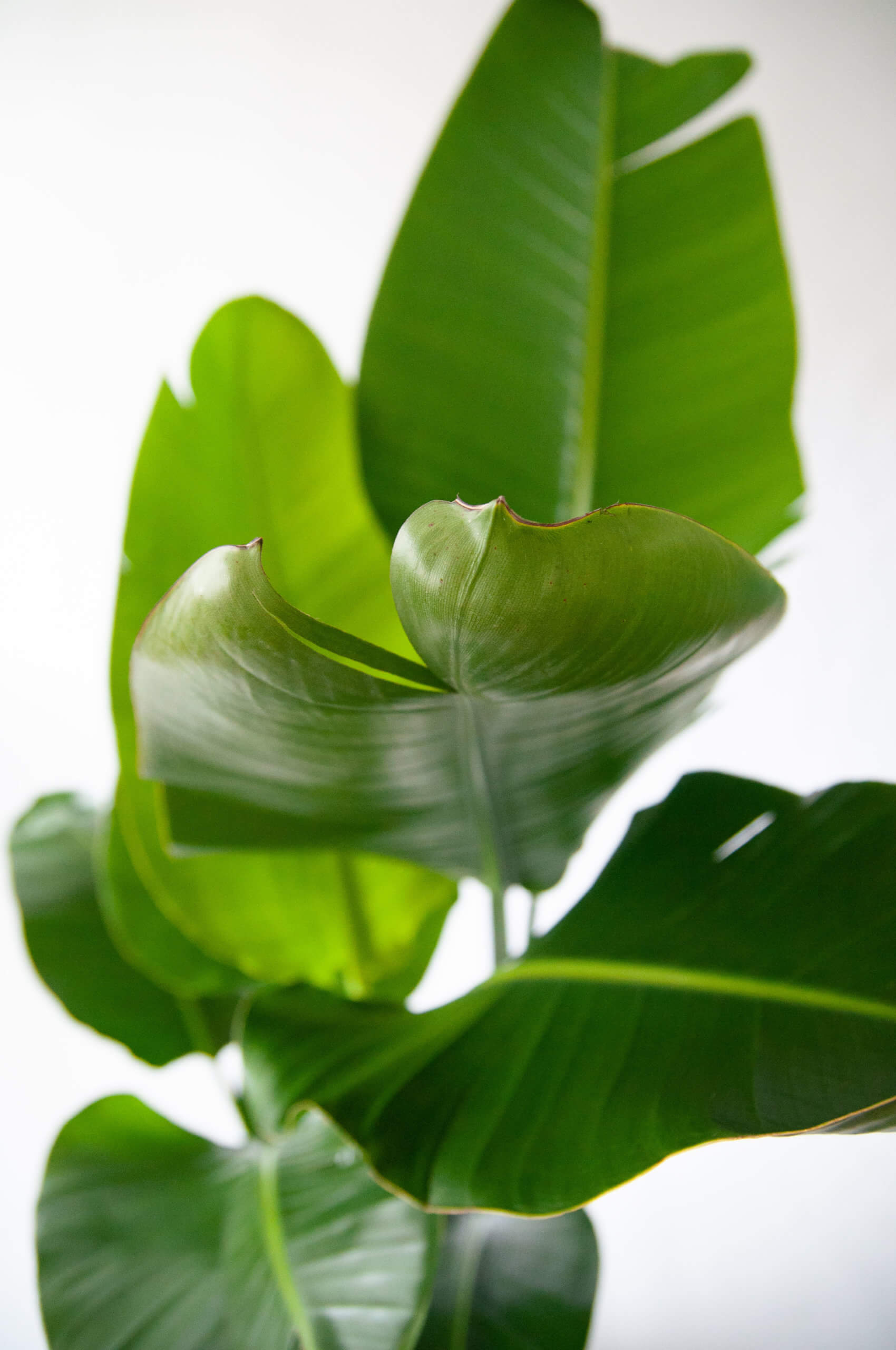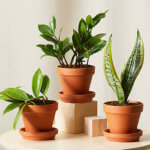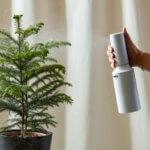Lack of soil moisture and humidity
It is difficult to prescribe an exact watering schedule for your Bird of Paradise, as every environment varies, but it’s important test the soil before watering to be sure the plant is ready for water. The best way to tell if your Bird of Paradise needs to be watered is to stick your finger in the soil or use something like a wooden chopstick. If 50% of the soil volume is dry, water your plant. Water enough to make sure water is flowing through the drainage hole in the bottom of the pot, taking care to make sure there is no standing water left in the saucer.
If the soil is extremely dry all the way through the pot, a good soak is in order. If you are able to carry your plant to a sink or tub, fill it up with about 3-4″ of water. Place your Bird of Paradise in the basin (without the saucer) and allow it to soak up water through the drainage hole in the bottom of the pot for at least 45 minutes. Feel the top of the soil after your plant has been soaking—has the water reached the top 50% of soil? If not, water slightly from the top of the soil to help speed up the saturation. When your plant’s soil is adequately saturated, drain the sink/tub and allow the plant to rest while it drains thoroughly. Once it’s done draining, place your plant and saucer back in its spot.
Your Bird of Paradise will also benefit from a boost in humidity. Try misting your plant at least 2 times per week, or using a pebble tray to keep humidity constant.
Water quality
If the browning continues after you’ve regulated a watering schedule, another common reason your Bird of Paradise is browning could be in your tap water. Tap water contains salts, chlorine, minerals and fluoride – all of which can build up in the soil of your plant causing the tips of the leaves to burn and turn brown. One way you can reduce this is to use a water filtration system. If you do not have a filtration system available, leaving the water in an open container or sink overnight before using can help relieve some of the chemicals.
Temperature
Ensure your plant is not in a drafty area or in the path of heating and cooling vents. Leaves will curl if the plant is cold, or dry from constant airflow.

